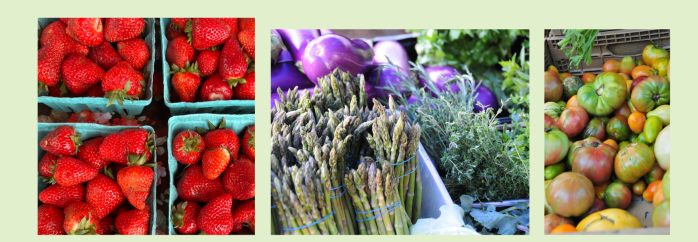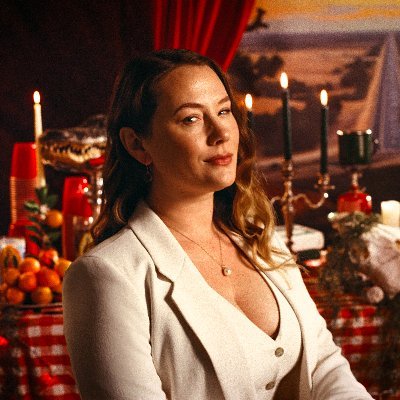So… these
four Parisians walk into a Bistro for a meal. One orders Salmon, one has
roasted chicken, one wants a small steak while the fourth chooses the
pasta with mushrooms. Which wine do they order?
No, this isn’t a joke: it’s what a Sommelier faces on the restaurant
floor every day. Well, what well-made, tasty and affordable wine will
compliment each of the four dishes without clashing with the flavors of
any of them? Beaujolais!
Beaujolais is perhaps the closest thing yet to an all-around, versatile
wine: a wine that can be enjoyed with or without food, with meat, poultry,
many fish dishes, cheeses, picnic salads, cold cuts (or, in French, Charcuterie).
With warm weather finally here, Beaujolais is an ideal picnic wine! There
are several Beaujolais, though, and I’d like to tell you more about
them.
First, though, we have to clarify one thing: not all Beaujolais is Nouveau!
Beaujolais Nouveau, released for sale only a few weeks after the harvest,
on the third Thursday of November, is a fun, affordable wine that is a
celebration of the harvest. This, along with its ability to “go with”
so many dishes makes it an ideal choice for our own Harvest Feast, Thanksgiving.
I look forward to the annual arrival of the Nouveau, as it gives us a
good idea of what kind of year it was in the vineyard. For many years
I’ve cooked a huge Cassoulet on the Sunday before Thanksgiving, following
a recipe from James Beard. Since so many of my friends are in the wine
or restaurant business, this is the last weekend before our busy season
begins. We have a great time, eating this hardy dish called the “soul
of French Gastronomy” and drinking bottles of chilled Beaujolais
Nouveau! None of my friends are wine snobs, so quaffing the Nouveau a
few days after it has reached our shores is a shared delight. Did I say
snob? One way to tell a wine lover from a wine snob is to simply mention
Beaujolais.
Beaujolais is a region in France located just north of Lyon along the
Saône River in the south of Burgundy. Hundreds of years of trial-and-error
have resulted in the planting of only two grapes in Beaujolais: Gamay
for the red wines and Chardonnay for the whites. In the northernmost part
of Beaujolais, many of the white wines are labeled Macon Blanc. The Gamay
has the aroma of ripe red berries, and the winemaking methods used here
often include an initial whole-cluster fermentation in sealed tanks which
will help to preserve this fresh and lively “nose”.
Wine labeled “Beaujolais” can be made from grapes grown almost
anywhere within Beaujolais. One step up the ladder of quality brings us
to Beaujolais Villages, from grapes located in better-situated areas.
For everyday drinking, Beaujolais Villages from a good winemaker can be
both delicious and a bargain.
The best quality Beaujolais comes from one of ten “crus”, nine
named for the village where they are grown and the tenth, Moulin-a-Vent,
for the ancient windmill atop the hill which is surrounded by the vineyards.
Each of these crus has its own personality and flavor characteristics.
It is a wonderful experience to travel through Beaujolais, tasting wines
from the various crus, realizing how much the difference of vineyards
only a few miles apart can make in the taste of wines made from the same
grapes! Brouilly, Chenas, Chiroubles, Cote de Brouilly, Fleurie, Julienas,
Morgon, Moulin-a-Vent, Regnie and Saint-Amour are the names of the crus.
Prices for good quality wines from the crus begin at about $9 and go through
the teens. As with all Beaujolais, these wines taste even better with
a slight chill: not refrigerator cold, but cool, as if they’ve come
from a cool cellar or been resting in a running stream.
There are single estate wines from Beaujolais that I find outstanding,
such as Louis Jadot’s Chateau des Jacques Moulin-a-Vent (the most
long-lived of all the wines of Beaujolais!), and Chateau des Quatres Vents
Fleurie. With a few years of aging, these wines will take on many of the
aromas and flavor characteristics of Burgundy… and yes, they can be
aged successfully. I enjoyed a 1991 des Jacques at the Chateau last year,
and at home I’m currently drinking the 2000 Quatres Vents that I
bought on release in 2002. I find it amazing that, even with a weak dollar,
we can buy so many of these first rate wines for under $20.
Beaujolais wines are delicious, food-friendly and affordable. They deserve
a place on your table and in your cellar!
























